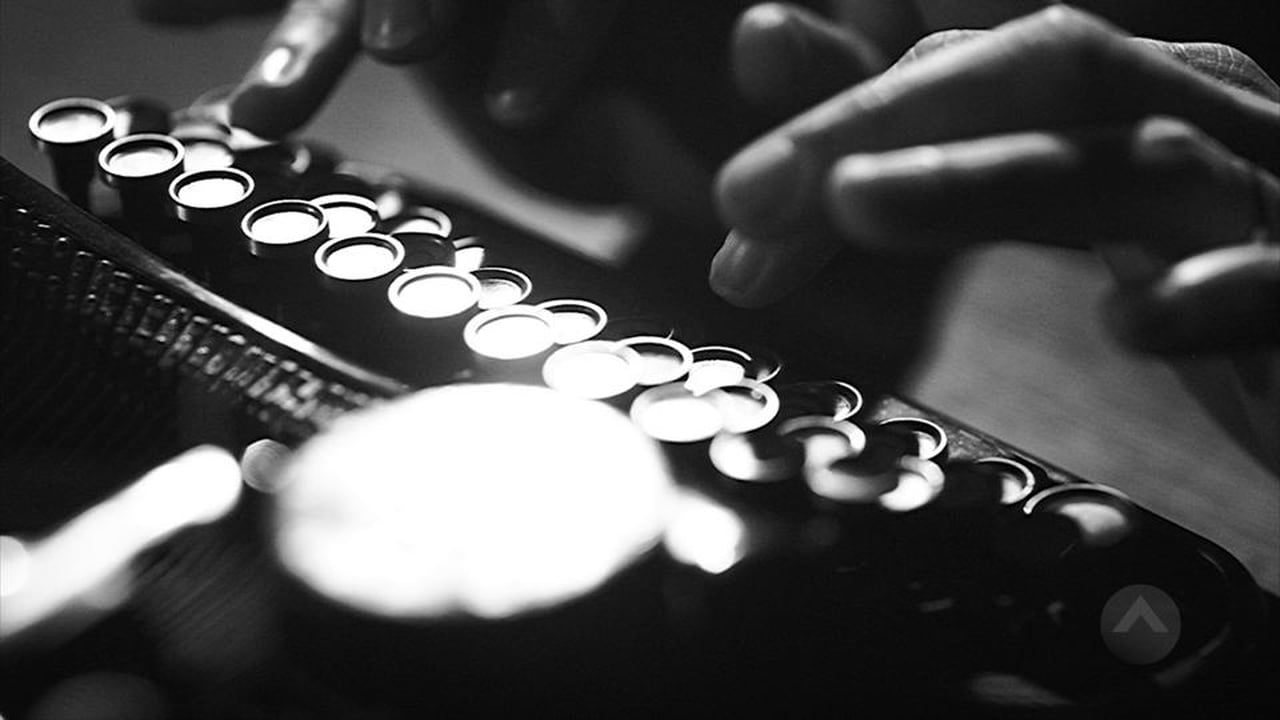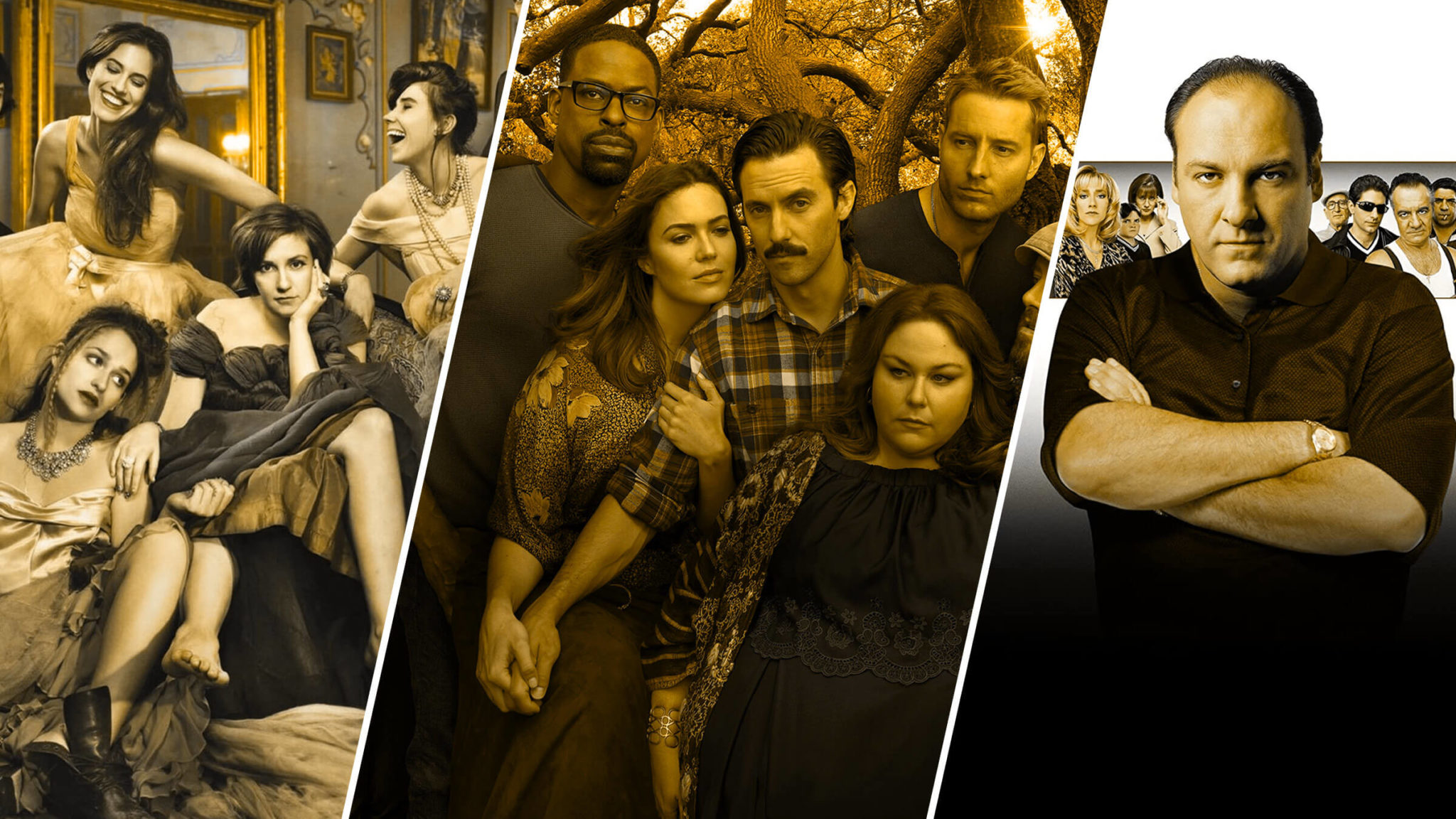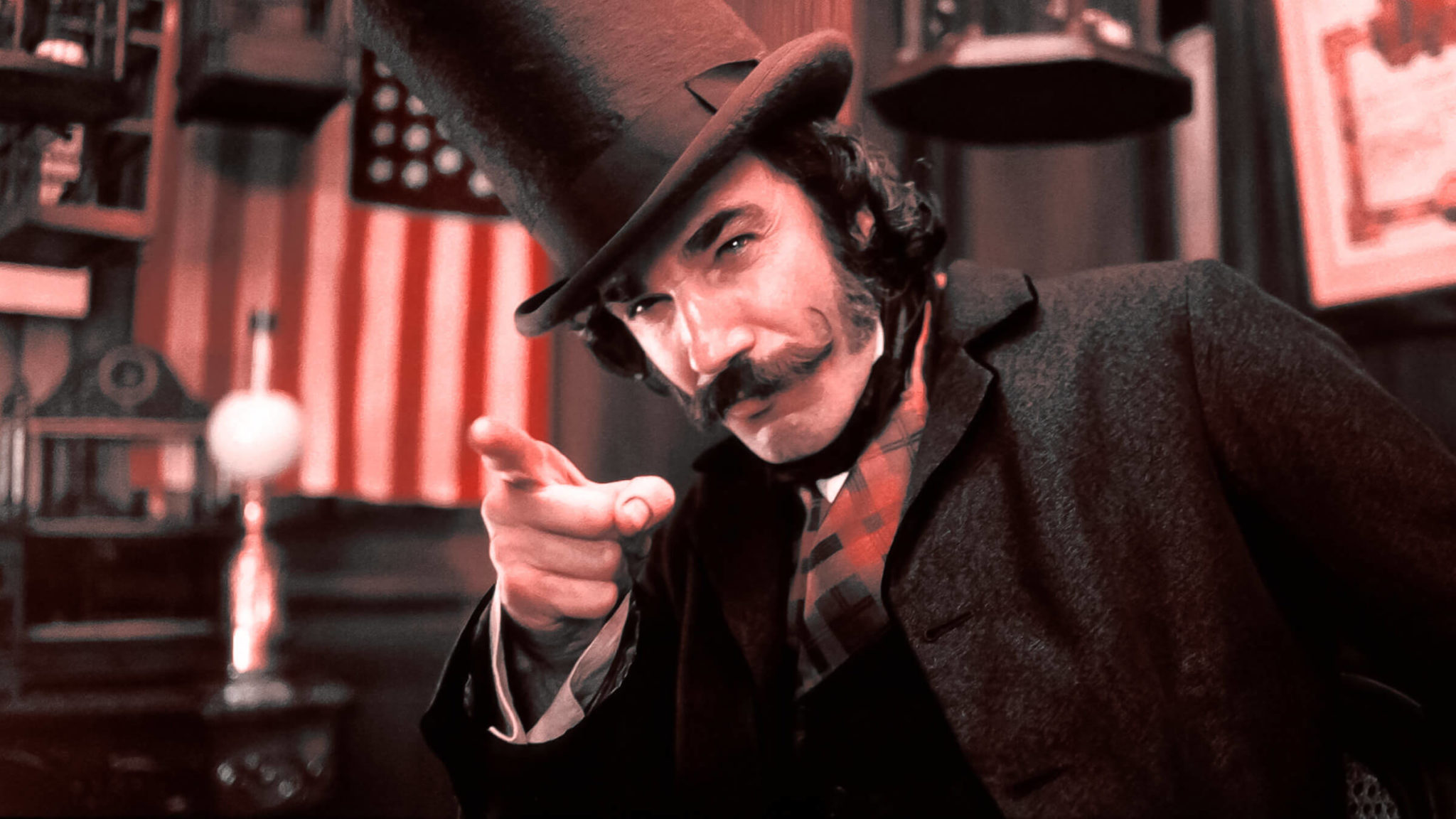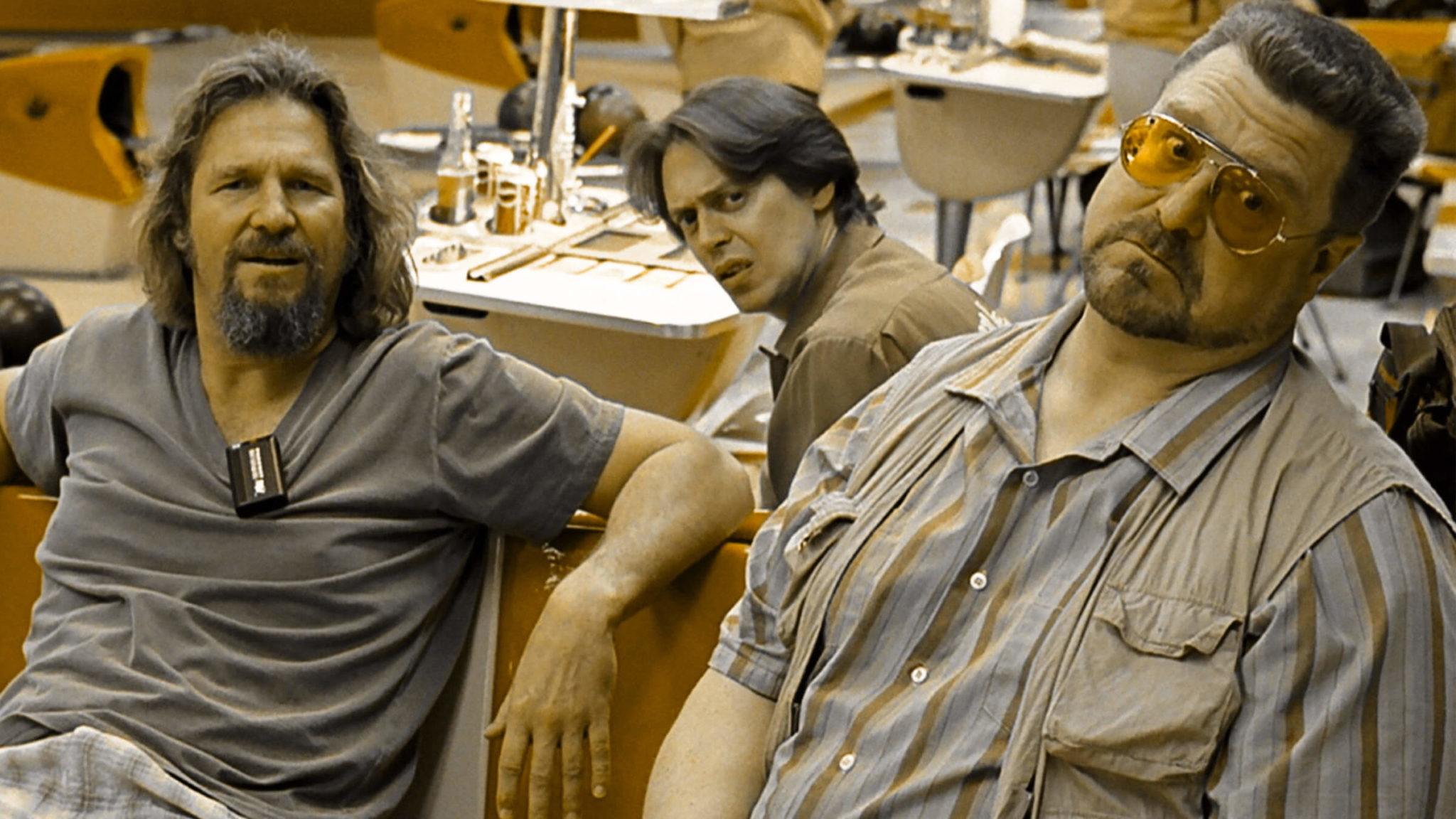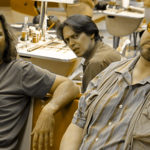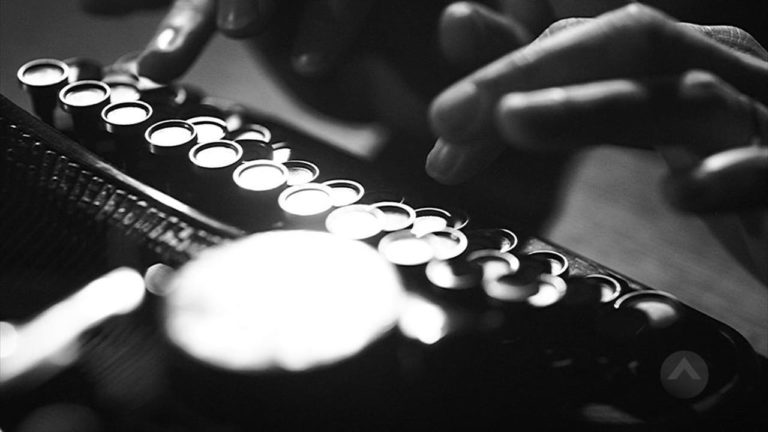
By: Andrew Schwartz
When examining any work of art, it is essential to view it as a reflection of the time in which it is created. As screenwriters, we create stories told through a character who undergoes a significant change. Through that change, we offer a lesson; a model for living; a statement on the times that will last through the ages. Although our part generally ends there, filmmaking itself is a collaborative effort; screenwriters draw the blueprint, but a myriad of other people build the finished product. The dozens of other departments; art, acting, cinematography, costumes and music, etc., labor arduously to bring it to life on screen.
As such, screenwriters have long held a lower tier position in the film industry hierarchy. Despite providing the foundational text for the finished product, screenwriters are often sidelined to showcase the bigger, more flashy titles, e.g, “A Film By…” However, in the past few decades, the culture of screenwriting has become an alluring aspect of not just the Hollywood mythology, but the entirety of new media as well. There is, however, another department that is as much of a forgotten hero as screenwriters tend to be: management. Incidentally, you can’t have one without the other.
Shifting paradigms.
In the ever-changing landscape of new media, the business side of production has remained a constant; artists will always need financing. As new technology paves the way for highly immersive storytelling, writers of the digital age’s role will be to bridge the gap between media and technology. With a shift from outsourcing content generation to expensive production companies to media companies producing in-house content; solid writers and content curators are now in high demand. In the digital age, it seems that screenwriting, an art form as old as filmmaking itself, has caught up to the overextending media convergence of the 21st Century.
Today, there are more ways than ever for writers to be discovered. In the future, there will be even more. From original series to viral branded content, writers are given the leeway to push the boundaries of art in ways that transcend race, age and time. The finished product can be viewed at anytime by almost anyone in any location. All that is needed for the writer is a platform to develop his or her ideas upon, and an audience to listen. Currently, there are two companies that push the boundaries of media and technology to their extremities: HBO and Apple. With a series such as Game of Thrones, HBO has cultivated a brand that is immersive as it is entertaining. Stream an episode, follow the show on social media, purchase items from the online store — it’s completely interactive, and it all starts with the writer.
The relationship between artist and audience.
In a 2014 Vanity Fair panel moderated by Andrew Ross Sorkin of The New York Times and CNBC, Jimmy Iovine, speaking on the sacredness of the artist says, “When most people see the line, [there are] few people [who] see no line.” The proverbial line he speaks of is the line that artists push with their creative endeavors. According to Jimmy, it’s a line that shouldn't be there. HBO’s CEO Richard Plepler, also in attendance at the panel, agreed to the extent of boldly stating his firm opposition in compromising artistic integrity even for commercial appeal.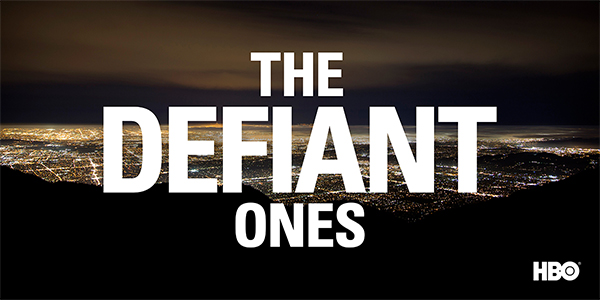 These statements came to a fully realized vision with Allen Hughes’ The Defiant Ones. Released by HBO in a four part series, the documentary focuses on music icons Dr. Dre and Jimmy Iovine and the intersection of art, business and popular culture, which culminated into music’s biggest deal ever: Apple’s acquisition of Beats by Dre for $3.2 billion. While the story focuses on how music, or perhaps the album, is a collaborative art form, the examination of the relationship between the artist and everyone around them is an underlying theme that can be applied to the creation of any form of art.
These statements came to a fully realized vision with Allen Hughes’ The Defiant Ones. Released by HBO in a four part series, the documentary focuses on music icons Dr. Dre and Jimmy Iovine and the intersection of art, business and popular culture, which culminated into music’s biggest deal ever: Apple’s acquisition of Beats by Dre for $3.2 billion. While the story focuses on how music, or perhaps the album, is a collaborative art form, the examination of the relationship between the artist and everyone around them is an underlying theme that can be applied to the creation of any form of art.
The relationship between artist and the “suits” is one that is built upon trust. Trust that with the proper resources, the artist will deliver a finished product that will resonate with audiences everywhere. In the same way Lawrence Bender and Harvey Weinstein’s business savvy were influential in the creation of Quentin Tarantino’s ground breaking Pulp Fiction (1994), so too was Iovine’s influence in the creation of Dr. Dre’s groundbreaking canon. The result: culturally significant art that introduced the world to a subculture which would eventually ascend to the apex of popular culture.
As writers, there are obvious parallels to draw from the thematic development of a concept album à la Dr. Dre’s, The Chronic (1992). With so many platforms to develop work upon, the various opportunities to deliver amazing stories will always present themselves in new and exciting ways. Writers will be called upon to deliver stories told through virtual reality, interactive videos, video games, social media posts, branded content, web series and the list goes on. New technology will never displace storytelling; it will enhance it.
To comfort the afflicted and afflict the comfortable.
In a 2017 Observer article titled, Unpacking the Absurd Logic of Cultural Appropriation — and What It Will Cost Us, Ryan Howard writes,
“It’s how we generate understanding and a new, better, shared culture. If someone can capture the pain of the inner city and communicate it to the world in a way that changes people, if someone can articulate the subtle stabs of systematic oppression or violation, if someone can communicate the hopelessness of aging middle America, if someone can teach us what it feels like to be an outsider or how trauma stays with a person, who the hell cares who the person saying it is?”
While Howard’s argument is against disingenuous accusations of incessant cultural appropriation as it relates to the arts, the sentiment towards the writer is still there. Perhaps author Finely Dunne said it best, “[The role of art in society] is to comfort the afflicted and afflict the comfortable.”
The writer — the artist — is given a great deal of trust; trust on the financier’s part, and on the audience’s part as well. Screenwriters are trusted to provide an escape from the world through entertainment; they are trusted to deliver content that makes us all feel something. As writers, we do this by developing themes of life through empathetic heroes. As writers existing in the intersection between media and technology, we will continue to find ways to push the boundaries of storytelling while remaining true to our artistic integrity.
For more information on our screenwriting consultancy services, click here. For all the latest ScreenCraft news and updates, follow us on Twitter and Facebook!
Tags
Get Our Screenwriting Newsletter!
Get weekly writing inspiration delivered to your inbox - including industry news, popular articles, and more!


